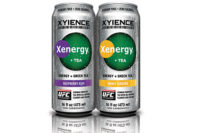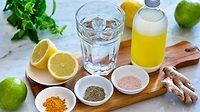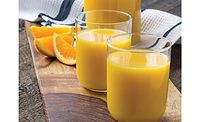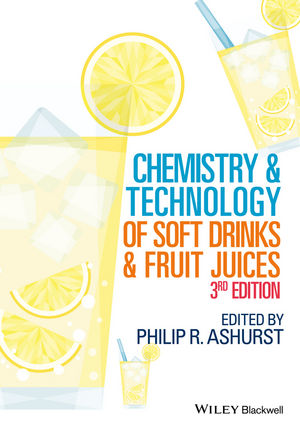Vitamins, minerals sought after in hybrid drinks
Price hinders non-hybrid drink consumers, research shows

It’s no secret that consumers are demanding more from their food and beverages. More and more beverage-makers are answering this call by developing new products that blur category lines. Although these hybrid drinks are fulfilling the functional and refreshment needs of consumers, research from Mintel sheds light on what might be next for these emerging beverage options.
In the market research firm’s February report titled “Beverage Blurring – US 2017,” Mintel found that when consuming a hybrid drink, a beverage that combines two or more drink categories, the most sought-after product attribute is vitamins and minerals with 49 percent listing it. Another interesting trend from the report was that consumers are most interested in juice-based hybrid beverages with 47 percent naming this choice.
Report author Beth Bloom, senior food and drink analyst at Mintel, suggests this could be a boost for the juice category.
“As consumer preferences shift toward better-for-you food and drink, consumers are increasingly searching for functional, healthful beverages,” she said in a press release. “Some of the larger U.S. beverage categories, such as carbonated soft drinks and juice, are losing share to trending beverage types due to the fact that they deliver on consumer demand for more flavor and functional innovation, combined with lower sugar/calorie content. However, there are clear opportunities for the juice category among hybrid drink users, suggesting that blurring lines through product innovation that combines juice with other drink types that have a higher inherent perception of health may expand appeal among consumers.”
Although hybrid beverages have allowed consumers to explore new beverage options, the trend is not without its challenges. Mintel’s report also found that 80 percent of hybrid drink consumers view the products as more expensive than other drink types, and 57 percent of non-hybrid drink consumers see hybrids as a gimmick in order to get consumers to spend more money.
“Hybrid drinks are a strong means of keeping younger consumers engaged in non-alcoholic drink categories and in encouraging beverage exploration; however, hybrid drinks have an uphill battle ahead of them when it comes to price,” Bloom stated. “Proving value will be a strong means of encouraging trial as hybrid drinks can act as a bridge to promote expansion into new beverage categories.”
Looking for a reprint of this article?
From high-res PDFs to custom plaques, order your copy today!









